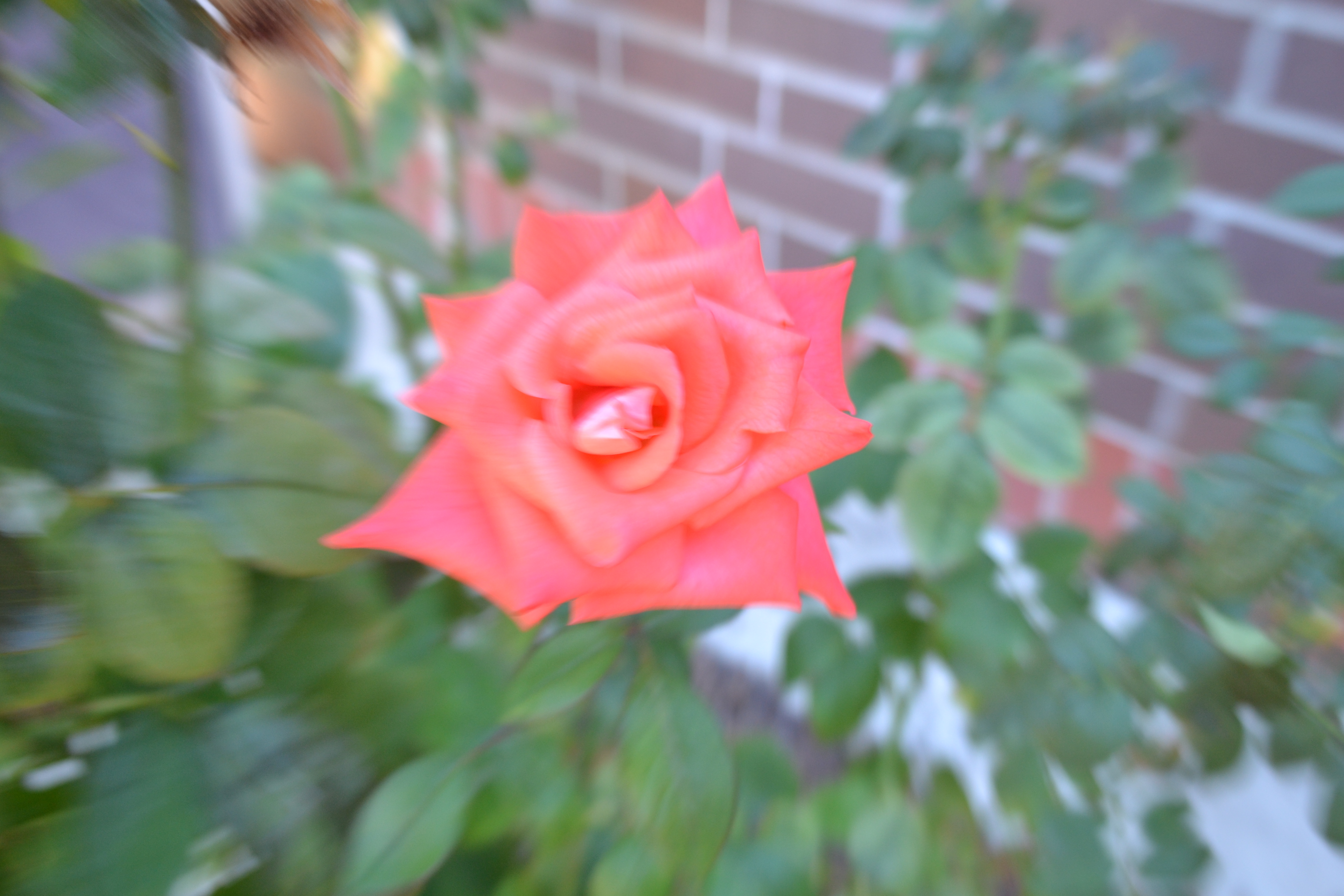What is it?
Photojournalism is a branch of journalism characterized by the use of images to tell a story. The images in a piece may be accompanied by explanatory text or shown independently, with the images themselves narrating the events they depict. Photojournalists can be found working all over the world, from the halls of the White House to the steppes of Asia, and they deal with a broad assortment of situations on a daily basis. Many major newspapers have photojournalists on staff, and others rely on photographs included in a press pool by freelance photojournalists. People have been using images to depict events for centuries, from rock paintings to engravings in major newspapers. The first big event to be captured in photography was the Crimean War, establishing the groundwork for the professional field. Initially, photographs were often used to accompany text stories to provide some variation and visual interest, but over time, images began to be used more exclusively to narrate stories in the media.
Photojournalism tells a story about everyday life while a photograph is open to many interpretations.
The NPPA is the leading voice advocating for the work of visual journalists today. Founded in the days of sheet film box cameras and newsreels, our organization fights for the working news photographer, videographer and multimedia journalist in the Internet age. Our Code of Ethics stands for the highest integrity in visual storytelling. Our advocacy efforts put NPPA in the center of today’s thorniest issues of journalists’ rights to do their work — and to earn a living from their craft. Our ongoing education initiatives seek to equip our members and prepare the emerging generation of visual journalists in the face of an ever-changing media landscape. In light of these challenges, the work of NPPA has never been more vital than it is today.
The media should be like this because they should tell things for how they truly are.
I found this image interesting because it is of a little girl holding a cigarette which is very upsetting. Her holding the cigarette in a way takes away her innocence.





































